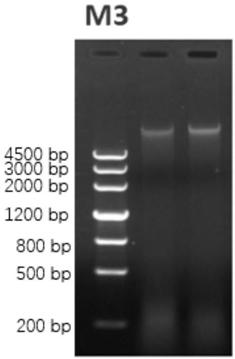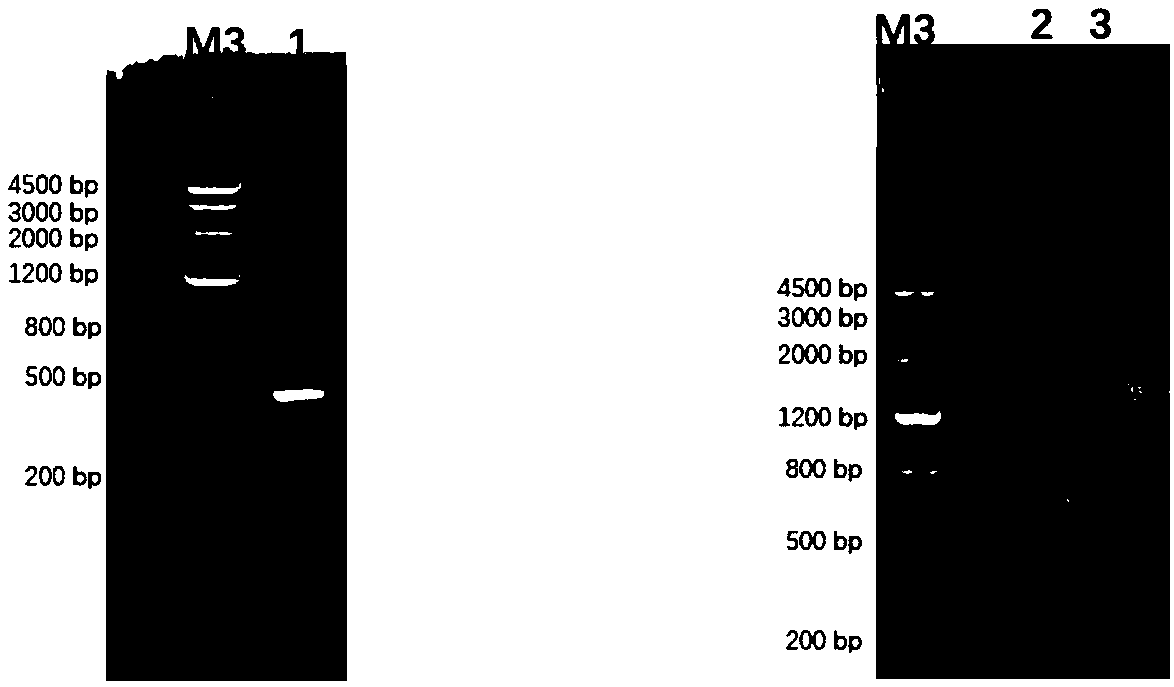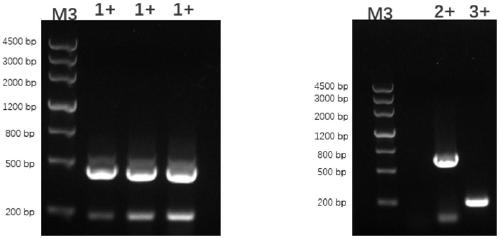Application of needle mushroom genes Fvegt1, Fvegt2 and Fvegt3 to synthesis of ergothioneine
A technology of ergothioneine and Flammulina velutipes, applied in application, genetic engineering, plant genetic improvement, etc., can solve problems such as high production cost, drug residue, and restriction of EGT application
- Summary
- Abstract
- Description
- Claims
- Application Information
AI Technical Summary
Problems solved by technology
Method used
Image
Examples
Embodiment 1
[0045] 1 Materials and methods
[0046] 1.1 Materials and reagents
[0047] 1.1.1 Strains and plasmids
[0048] Flammulina velutipes YX (trade name Yuxue, purchased from Beijing Jijun Technology Co., Ltd.), Escherichia coli DH5α, and Escherichia coli BL21(DE3) were all purchased from Tiangen Biotechnology Co., Ltd. Plasmid pMD18-T was purchased from TAKARA and used for gene cloning; plasmid pET-32a(+) was purchased from Promega Company and used for gene expression.
[0049] 1.1.2 Medium and reagent preparation
[0050] PDA medium: used for the cultivation of Flammulina velutipes mycelium. Potatoes (peeled) 200.0g, glucose 20.0g, MgSO 4 ·7H 2 O 1.5g, KH 2 PO 4 3.0g, distilled water 1000mL, natural pH, agar 20g (add solid medium), sterilize at 121°C for 30min.
[0051] LB medium: used for the cultivation of DH5α and BL21. Tryptone 10.0g, yeast extract 5.0g, NaCl 10.0g, distilled water 1000mL, pH 7.4, sterilized at 121°C for 30min.
[0052] 1×TAE Buffer: Dilute 50×TAE ...
PUM
 Login to View More
Login to View More Abstract
Description
Claims
Application Information
 Login to View More
Login to View More - R&D
- Intellectual Property
- Life Sciences
- Materials
- Tech Scout
- Unparalleled Data Quality
- Higher Quality Content
- 60% Fewer Hallucinations
Browse by: Latest US Patents, China's latest patents, Technical Efficacy Thesaurus, Application Domain, Technology Topic, Popular Technical Reports.
© 2025 PatSnap. All rights reserved.Legal|Privacy policy|Modern Slavery Act Transparency Statement|Sitemap|About US| Contact US: help@patsnap.com



